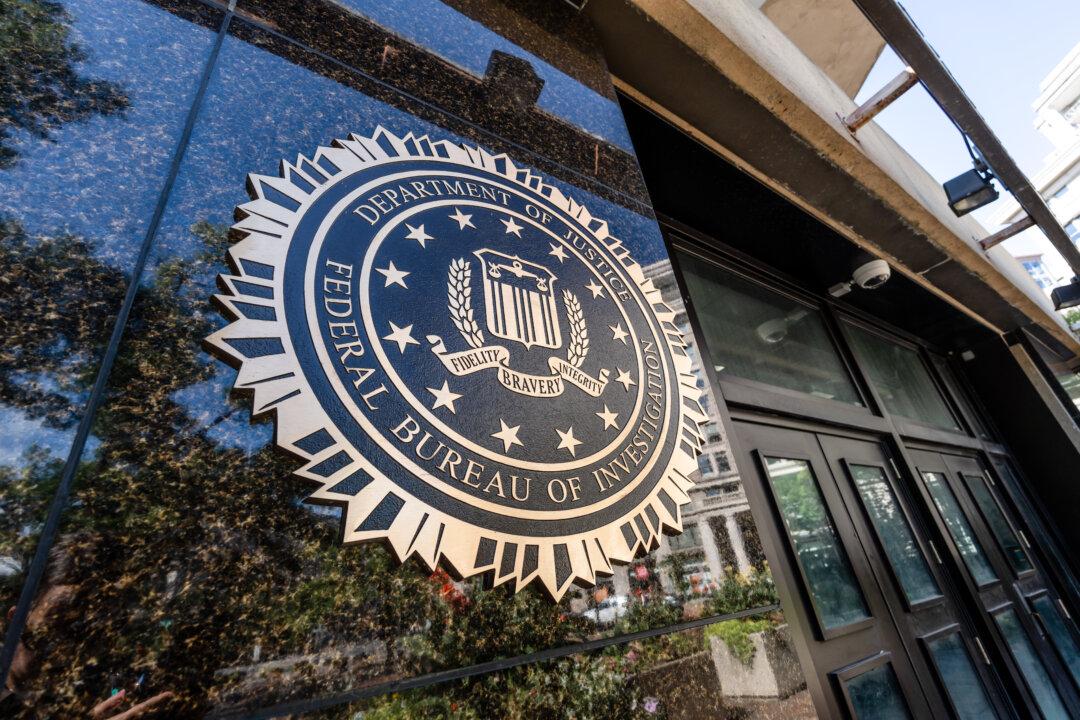A U.S. Department of Justice (DOJ) watchdog issued a critical report this week, examining the FBI’s handling of tips related to “hands-on” sex offenses against children.
The watchdog found that while the FBI has implemented some improvements, significant issues remain that could jeopardize the protection of vulnerable children, according to a report from the DOJ’s Office of the Inspector General (OIG) issued on Aug. 29.





